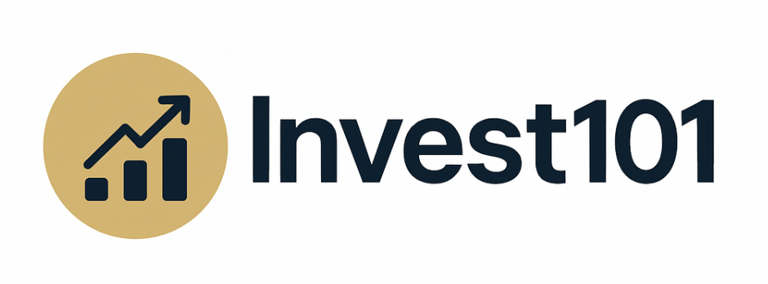Top 5 Financial Bubbles in History – And the Lessons They Teach Investors
Financial bubbles are fascinating and destructive episodes when asset prices soar far beyond their intrinsic value, fueled by speculation, leverage, and irrational exuberance. While each bubble is unique in its context, they often follow a familiar pattern: euphoria, rapid price escalation, warning signs, and ultimately, a painful collapse. Here are five of the most infamous bubbles in financial history, and what every investor can learn from them.
7/22/20252 min read


1. The Dutch Tulip Mania (1630s)
What Happened:
Often cited as the first recorded speculative bubble, Tulip Mania gripped the Dutch Republic in the early 17th century. Prices of tulip bulbs skyrocketed as demand soared among merchants and aristocrats. At its peak, some rare bulbs were worth more than a house. In 1637, prices collapsed almost overnight.
Why It Mattered:
While the real economic fallout was limited, Tulip Mania serves as a cautionary tale of how market psychology can create absurd valuations, even for something as perishable as a flower.
Lesson:
Speculation detached from intrinsic value is a recipe for collapse.
2. The South Sea Bubble (1720)
What Happened:
The South Sea Company was granted a monopoly on British trade with South America, and investors were promised extravagant profits. Shares surged 10x in months. However, actual earnings were meager, and the company was deeply mismanaged. When reality hit, the stock price collapsed and ruined thousands, including members of Parliament and Sir Isaac Newton.
Why It Mattered:
This was one of the first government-linked investment scandals, leading to calls for financial regulation.
Lesson:
Even the smartest investors (yes, Newton!) can be caught in the hype. Greed often overrides logic.
3. The Dot-Com Bubble (1995–2000)
What Happened:
Fueled by internet optimism, investors poured capital into startups with ".com" in their names, many with no profits or even viable business models. The Nasdaq soared 400% from 1995 to 2000 before crashing nearly 80% by 2002.
Why It Mattered:
Billions were lost, and companies like Pets.com vanished overnight. But it also laid the groundwork for future tech giants (Amazon, Google).
Lesson:
Innovation can be real, but the timing of profits matters. Exuberance over future potential often overshadows current fundamentals.
4. The U.S. Housing Bubble (2003–2008)
What Happened:
Low interest rates, easy credit, and complex financial products led to a housing boom in the U.S. Banks issued subprime mortgages to unqualified borrowers. Housing prices surged, but when defaults rose, the entire financial system was at risk. Lehman Brothers collapsed, triggering the 2008 Global Financial Crisis.
Why It Mattered:
This was not just a stock market correction, it triggered a global recession, massive bailouts, and widespread unemployment.
Lesson:
Leverage magnifies risk. When debt is layered on weak fundamentals, the fallout is systemic.
5. The Crypto Bubble (2020–2022)
What Happened:
Bitcoin soared from under $10,000 in 2020 to nearly $69,000 in 2021. Speculative assets like Dogecoin and NFTs attracted retail investors globally. However, poor fundamentals, fraud (e.g., FTX collapse), and rising interest rates caused a brutal drawdown in 2022.
Why It Mattered:
Crypto exposed the power and risk of decentralized speculation. Despite the crash, the underlying blockchain tech continues to evolve.
Lesson:
Not all innovation is investable in the short term. Hype cycles are inevitable in emerging technologies.
Final Takeaway: Know the Cycle
All bubbles share one thing: they pop. Whether it's tulips, tech stocks, or tokens, when prices detach from value, correction is inevitable. As an investor:
Be skeptical of “this time it’s different”
Watch for excessive leverage and herd behavior
Focus on fundamentals, not fear of missing out (FOMO)
Avoiding bubbles isn’t about avoiding risk, it's about understanding when risk becomes delusion.
Invest101.blog
Articles and resources for smart investing.
Contact
contact@invest101.blog
© 2025. All rights reserved.
